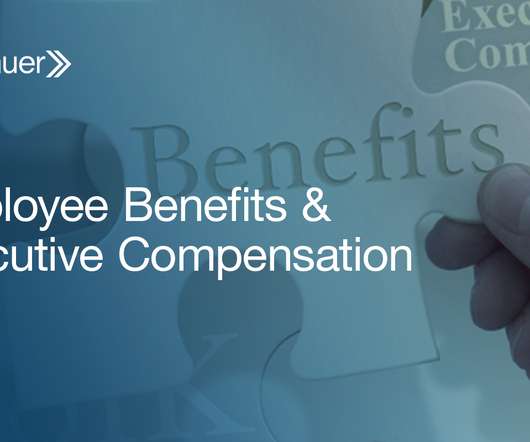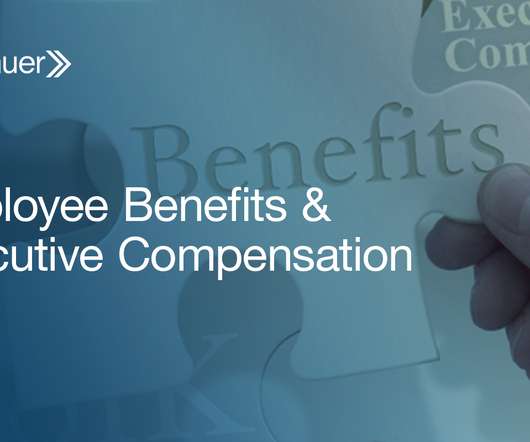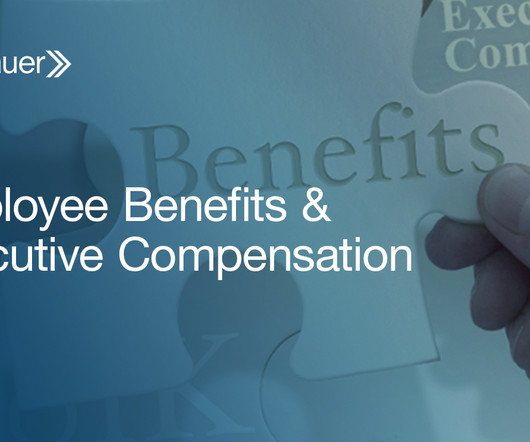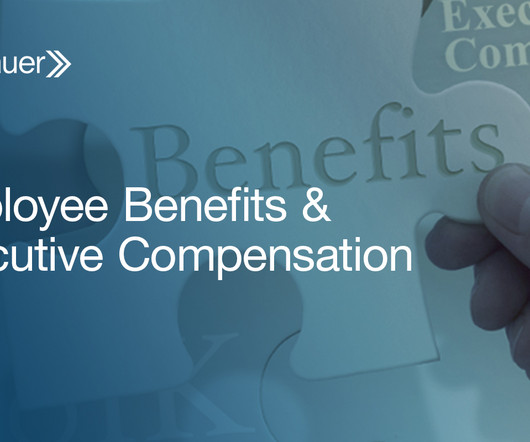Back to Basics – Employee Incentive Plans
Shareforce
MAY 31, 2023
STIs are granted to employees to achieve short-term business goals within an annual, quarterly, or monthly period, usually resulting in a cash payout based on goals achieved within a year or less.In terms of financial reporting, cash-settled STIs fall within the rules of IAS 19 Employee Benefits under IFRS or ASC 715 under the rules of GAAP.













Let's personalize your content